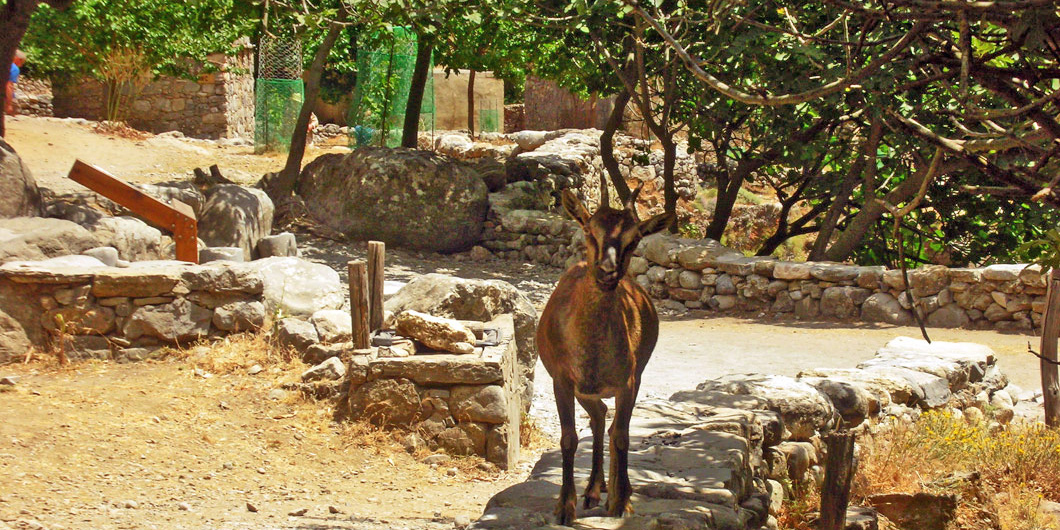The settlement of Samaria was named after a chapel of Osia Maria, located near a cave; there, according to the popular tradition, the lesser saint Osia Maria from Egypt led a secluded life. According to another story, a young woman known as the Hrissomaloussa (= golden-haired) of the Skordilis family went to live there by herself, after she was disgraced by the Venetians.

The chapel dates back to 1379 and Osia Maria is celebrated on April 1st. Samaria was inhabited by foresters, who abandoned the settlement when the area was pronounced a National Park in1965.
In Antiquity, occupants of the area used to export cypress tree timber to Egypt. Michael Deffner believed that a well-developed form of exploitation of cypress tree timber went on during theMinoan era, whichwas used for the construction of columns for the palaces of Knossos, Phaistos, Mycenae and Tiryns.









